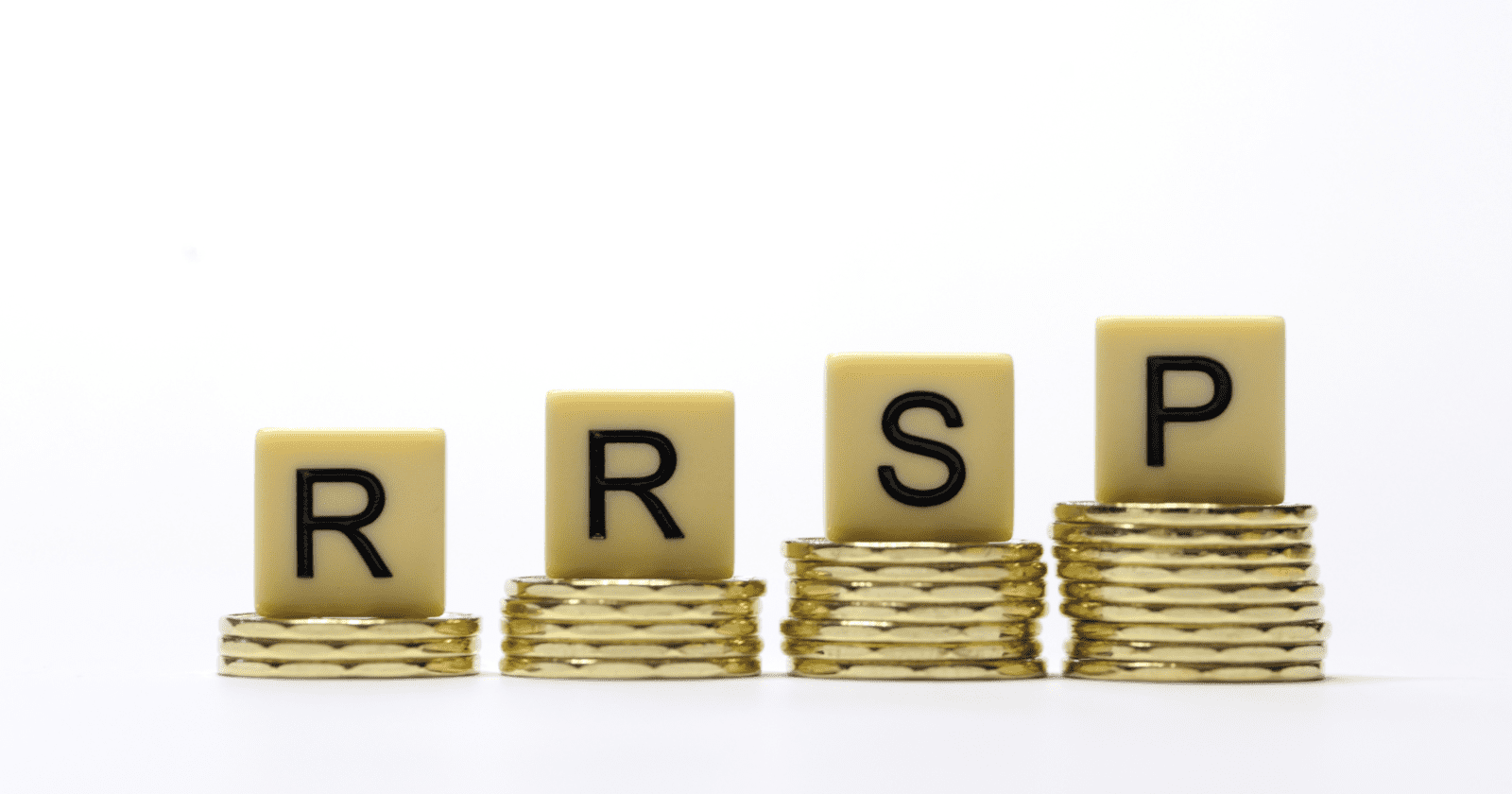
If you are Canadian, you should consider opening a Registered Retirement Savings Plan (RRSP), as these are tax-advantaged accounts. But they do have contribution limits, so make sure you know what those are to avoid any penalties for exceeding that amount.
What is an RRSP?
An RRSP allows you to save for retirement with tax-free growth. Because of their tax advantages, they are becoming an essential part of retirement planning.
What is an RRSP contribution limit?
TheCanada Revenue Agency (CRA) sets limits on the amount you can contribute to an RRSP each year. In 2021, you can contribute up to a maximum of 18% of your gross monthly income or $27,830, whichever is less.
You will not be penalized if you exceed the Contribution limit by $2,000 or less, but no tax can be deducted on the excess amount.
If you contribute more than $2,000, you will be subject to a penalty tax of 1% of the amount exceeded for each month it is invested in your RRSP.
Your RRSP contribution limit
The total amount of your RRSP contribution each year is made up of your current year’s contribution limit, plus any contribution room carried forward from previous years. The CRA will allow you to carry forward unused contribution room indefinitely if you do not make the maximum allowable RRSP contribution. These can be added to any future contributions in future years.
Your contribution rights are not affected by certain transactions, such as:
- Transfers from another RRSP
- Retiring Allowances
- A transfer due to the death of a spouse or the breakdown of a relationship.
- Property Transfers
To find out your Contribution limit and deferral room, you can check your Notice of Assessment. The CRA will keep a record of your contribution room for you. You can find this information, as well as the deadlines for contributing to your RRSP, on the CRA website.
If you have an employer-sponsored pension plan, your RRSP contribution will be reduced by the pension adjustment. Your employer will calculate the pension adjustment and report it to CRA on your T4 each year.
Age limit for RRSPs
You will stop contributing to your RRSP on December 31 of the year you turn 71. You will need to convert your RRSP to a Registered Retirement Income Fund (RRIF) or purchase an annuity.
If your spouse is still under age 71, you can continue to contribute to his or her RRSP until December 31 of the year he or she turns 71.
Conclusion
While you’re planning your retirement, contributing to an RRSP is a great way to reduce your annual taxable income. Avoid penalties by only contributing the maximum amount set by the Canadian government.
Don’t leave retirement savings for later in life. The sooner you start, the sooner you can take advantage of all the benefits of an RRSP, and the better off you’ll be in retirement.






